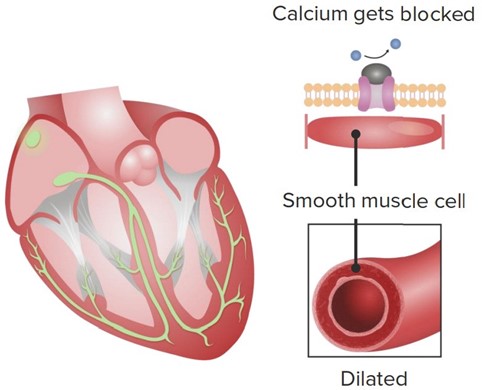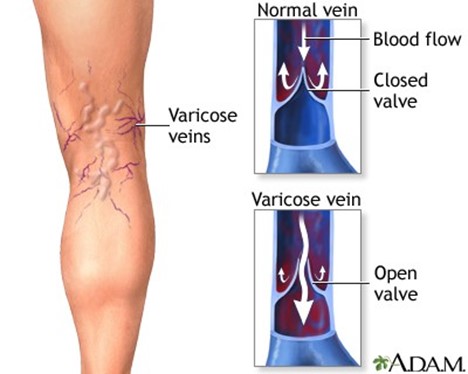Which of the following type of croup is most common
Bacterial
Viral
Fungal
Autoimmune
Autoimmune
The Correct Answer is B
Croup is a common respiratory illness in young children, characterized by inflammation of the upper airways (including the larynx and trachea) that leads to a characteristic barking cough and difficulty breathing. Croup is most commonly caused by viral infections, particularly parainfluenza virus, although other viruses such as respiratory syncytial virus (RSV) and influenza virus can also be responsible. 
Bacterial croup is rare and usually occurs in children who have an underlying condition that makes them more susceptible to bacterial infections, such as immunodeficiency or a history of recurrent respiratory infections. Fungal croup is also rare and usually occurs in children with a weakened immune system or a history of exposure to contaminated soil or other environmental sources of fungi.
Autoimmune croup is not a recognized medical condition. While some autoimmune disorders can affect the respiratory system (such as systemic lupus erythematosus), they do not typically cause croup-like symptoms.
Nursing Test Bank
Naxlex Comprehensive Predictor Exams
Related Questions
Correct Answer is B
Explanation
Calcium channel blockers (CCBs) are a class of medications that block the influx of calcium ions into cardiac and smooth muscle cells, leading to relaxation of these muscles and dilation of blood vessels.
In the heart, CCBs primarily affect the L-type calcium channels in the cardiac myocytes, which are responsible for the influx of calcium ions during the plateau phase of the cardiac action potential. By blocking these channels, CCBs decrease the amount of calcium that enters the cardiac myocytes, which in turn reduces the strength of cardiac contractions (i.e. contractility). 
This reduction in contractility can be beneficial in certain conditions where the heart is working too hard or experiencing insufficient blood flow, such as in hypertension, angina, or some forms of arrhythmia. By reducing the workload of the heart, CCBs can help to lower blood pressure, decrease oxygen demand, and improve blood flow to the heart.
While CCBs can also have effects on the rate and rhythm of cardiac contractions, these effects are generally less pronounced than the reduction in contractility. Some CCBs, such as verapamil and diltiazem, can slow the heart rate by blocking the L-type calcium channels in the sinoatrial (SA) and atrioventricular (AV) nodes, while others, such as nifedipine, have little effect on heart rate.
Correct Answer is B
Explanation
Varicose veins occur when the valves within the veins, which normally prevent the backflow of blood, become damaged or weakened, allowing blood to pool and the veins to become enlarged and twisted. This can occur due to a variety of factors, including age, pregnancy, obesity, genetics, and prolonged periods of standing or sitting. An increase in hydrostatic pressure can contribute to the development of varicose veins, but it is not the primary cause.

Whether you are a student looking to ace your exams or a practicing nurse seeking to enhance your expertise , our nursing education contents will empower you with the confidence and competence to make a difference in the lives of patients and become a respected leader in the healthcare field.
Visit Naxlex, invest in your future and unlock endless possibilities with our unparalleled nursing education contents today
Report Wrong Answer on the Current Question
Do you disagree with the answer? If yes, what is your expected answer? Explain.
Kindly be descriptive with the issue you are facing.
